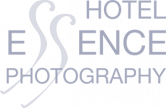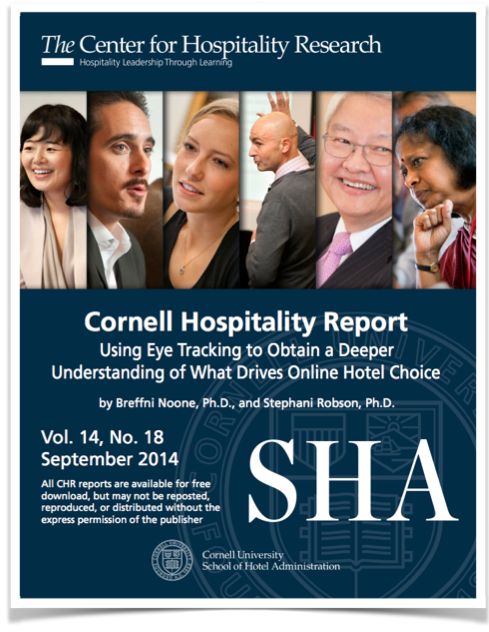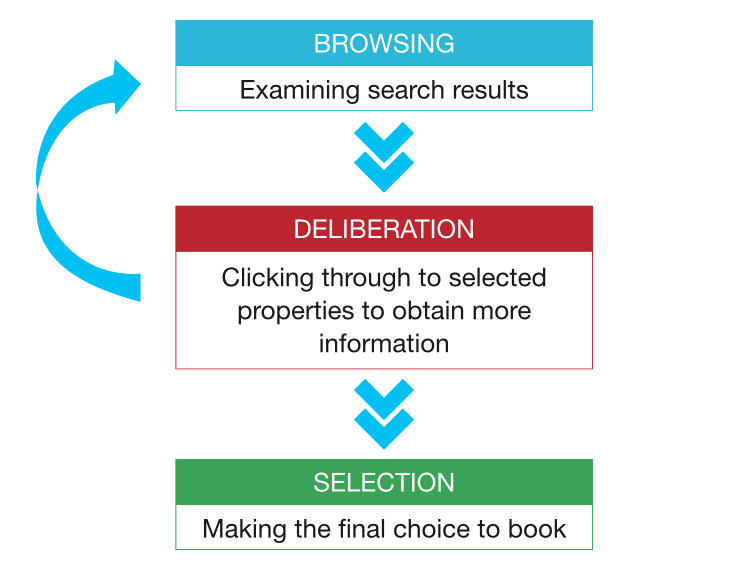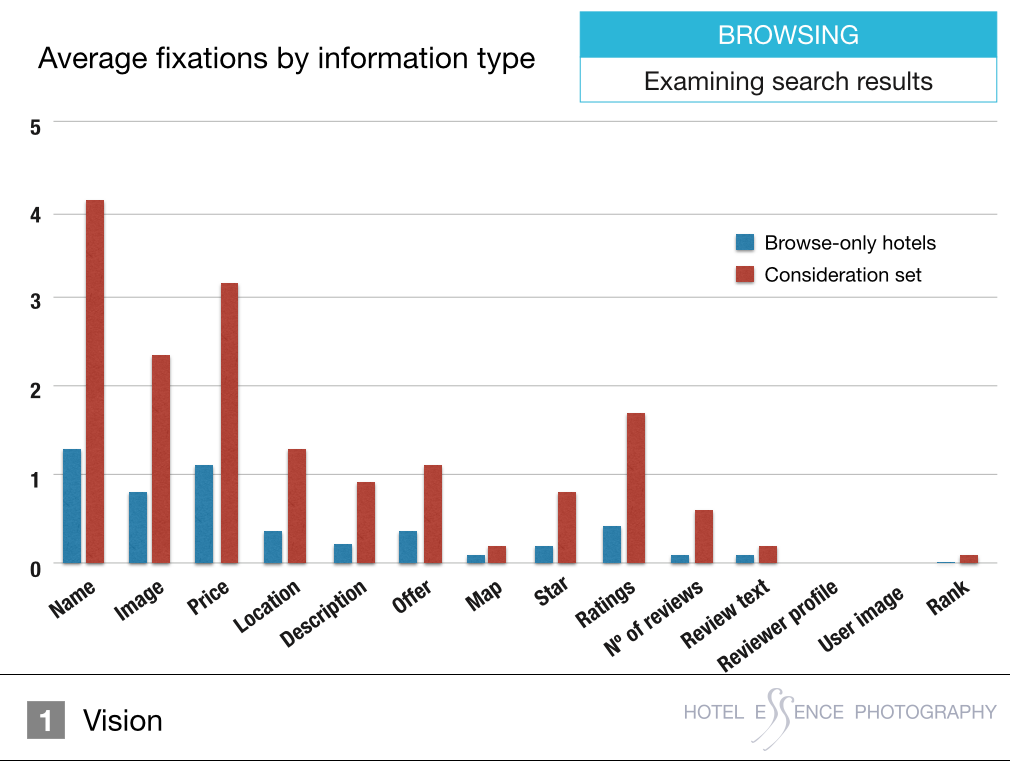By Michelle Chaplow
As a professional Hotel Photographer and a keynote speaker on Hotel Photography, I am continually on the lookout for academic studies that demonstrate how quality photos on a hotel or travel website lead to increased reservations. As it is something that I am convinced can be proved, I have been searching far and wide for data to support and quantify this natural assumption.
There is little concrete evidence in the public domain, but I am sure it must feature in OTAs’ (online travel agents) data sets, as they can literally view the effect on bookings when new photos are added. There must have been many new shoots uploaded over the last few years which prove this fact, and rule out variations in individual hotels’ performances which might result from other factors, such as a huge conference or major festival in the same week as the upload of new imagery.
Thanks to a brand new study by Breffni Noone and Stephani Robson @Skr4Cornell of Cornell University Centre for Hospitality Research, at the School of Hotel Administration, I have found, what I’ve been searching for this study is groundbreaking, entitled:
“Using Eye Tracking to Obtain a Deeper Understanding of What Drives Online Hotel Choice”
While previous studies have investigated hotel choice from click-stream data, this study uses eye-tracking methods. This is the only way to record exactly which information items on a web page a hotel searcher fixates on during the search and booking process.
For the study, 34 volunteers of mixed ages and backgrounds, who had booked hotels online in the previous six months, were asked to choose and book a hotel, for leisure, according to their stated criteria, in three different US cities.
The Cornell study kept within the old hypothesis that consumers undertake a two-stage process when choosing a product or service. In the online travel environment, consumers “browse” a list of available hotels, apply personal heuristics to identify hotels that warrant further scrutiny, and click through to the detail page, thus forming a “consideration set.”
The results are fascinating:
Fixations during the hotel listing browsing phase
The Cornell study reveals that, during the phase when hotel listings are browsed, participants viewed information relating to a mean of 41 hotels. Some participants looked at as few as seven hotels, while others browsed well over 100 properties.
For hotels that participants did not consider further, they fixated approximately once on the hotel’s name, image ( photo) and once on the price, and barely glanced at other information.
For hotels that were included in the consideration set but not finally chosen, participants fixated several times on the hotel name, consumer ratings, hotel images, and to a lesser extent, price and number of reviews.
Participants selected between one and seven hotels for inclusion in their consideration set.
Fixations during the hotel detail deliberation phase
Cornell reports that visual behaviour changed substantially during the deliberation phase on the hotel detail pages.
During the deliberation phase, two types of hotel-generated content—image and description — dominated participants’ fixations.
Participants fixated most on images/photography – on average 16 times for the chosen hotel and 9 for other hotels, with paragraphs of descriptive text receiving the next highest number of fixations.
It is clear to me that hotel photography affects the decision of potential guests – this is the highest number of fixations of all material related to the hotel, and hence these images have a huge influence on deciding which hotel to book.
After visual images, the next-highest fixated information was ratings and reviews. For the chosen hotel, the ratings (7 fixations) and reviews (4 fixations) were viewed more often than they were for the other hotels. During this phase, participants fixated slightly less on price.
The Cornell study includes tables and charts of all the above fixations for 16 types of information found on the web pages.
As a professional photographer I was interested to note that the Cornell study reported that hotel-generated images (professional images) were sought out much more frequently than images provided by users (amateur images).
The eye-tracking exercise confirmed previous click-stream analysis that the hotel eventually chosen was often one that was viewed relatively early in the search process. Expedia reports that 95% of bookings take place with hotels listed on the first page of search results.
The report authors make an interesting deduction: “Images can quickly provide the consumer with an enormous amount of information, such as property condition, approximate age, configuration, and general size. Name and image, as they relate to the price quoted, serve as a value check and as a useful filter for selecting properties for further consideration.”
They also appear to agree with my own findings, stating: “The number of times that participants fixated on images suggests that pictures may play a significant role in the online hotel choice process. So far, little has been published about precisely what effect hotel images have on consumers, or on what kinds of images are most influential to the hotel purchase decision. “
Finally the report acknowledges that there is much more detailed work to be done in this field, including issues such as which types of images (eg interior vs exterior, public space vs guest rooms, daytime vs night time shots) are most effective, and under which circumstances and how consumers trade off images with other types of information during the hotel choice process.
Corresponding with Stephani she applauded my enthusiasm and told me that there are many more fascinating results on how photography is influencing hotel choice, to come. Music to my ears:)
……………………………………………………………………………………………………………..
This report, Cornell Hospitality Reports Vol 14 No 18, is compulsive reading for all hotel owners, directors and marketers. It can be downloaded free by registering at The Centre for Hospitality Research website.





Trackbacks/Pingbacks